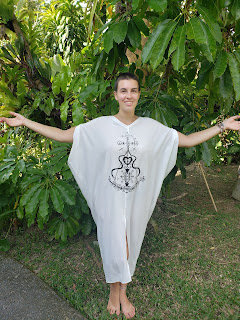Can big Brands Catch up on Sustainable Fashion?
| F-ABRIC will biodegrade completely if thrown on the compost. Photograph: Oliver Nanzig/Freitag |
Imagine a pair of trousers you could throw on the compost. After years of use, they could decompose among the eggshells and tea bags to leave behind nothing but some fertile soil to help grow new raw materials. It takes the circular economy to a whole new level.
This is the idea behind F-ABRIC, a range of materials developed by Swiss company Freitag. Until recently, Freitag’s only line of business was making bags out of old truck tarpaulins.
While natural fibres like cotton will compost over time, synthetic fibres like polyester won’t, and natural fibres are often blended with synthetic. Looking for sustainable workwear for its 150-strong workforce, Freitag’s owners were disappointed by the fabrics on offer, so they developed their own. The company now has a range of sustainably produced and compostable material made in Europe, from broken twill to make trousers, to a jersey fabric for t-shirts. It has also patented the design for buttons that can be screwed off and reused.
| Freitag Broken Twill in industrial green. Photograph: Lukas Wassmann/Freitag
The fact that it is biodegradable does not make the fabric any less hard-wearing, says one of the founders, Daniel Freitag. “There is a misunderstanding over what biodegradability means. The whole biodegradation process needs certain conditions. So it won’t disappear while you are wearing it; it won’t disappear in your washing machine.” There are industrial composting facilities, but Freitag tested its material in a household compost bin and the workwear was broken down completely within three months.
Freitag is not the only company looking to microorganisms for inspiration. German design studio, Blond & Bieber is using microalgae as a sustainable fabric dye. The pair have dubbed their project Algaemy, a textile printer that produces its own, fast-growing pigment.
Essi Johanna Glomb, head of design at Blond & Bieber, says: “The colours for dyes are extremely toxic and really harm the people working with them and also nature. The pigments that we are using are made of microalgae, so that means it’s a totally natural resource. It doesn’t harm nature; we can grow it ourselves, so you don’t have any over-production; and this material is already there and is unused.”
Perhaps most intriguingly, the colours change dramatically over time, from pink to bright orange, for example, or green to blue.
The Algaemy collection uses algae-based fabric dye. Photograph: Lukas Olfe/Blond & Bieber
Algaemy is still in development, with large-scale commercial production some way off. Innovations in sustainable fabric production and processing are entering the mainstream, however, with more and more mills developing sustainable methods.
|



Comments